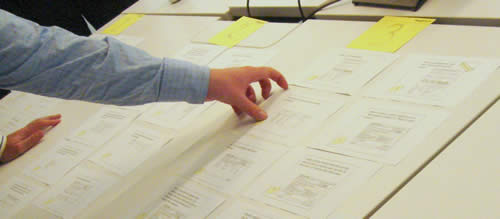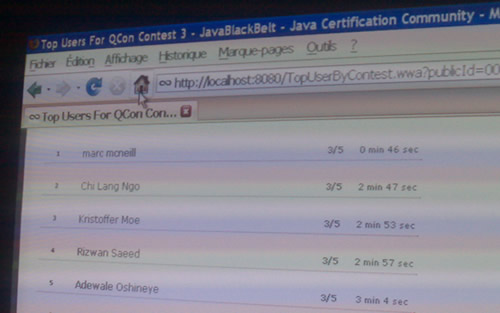Bag of risk
I’ve only thought of blogging about Lois Vuitton once before and that was on how they positively encourage queueing outside their stores during busy periods. It’s a pretty strong brand that can tell its customer to hang about before being allowed to come in and shop.
This time I’m not blogging about them in a positive light, and nor are many others. Jeremiah Owyang describes the situation they are in well. Their brand has been hijacked by Nadia Plesner, an artist trying to raise awareness about Darfur and how the media considers Paris Hilton with her “designer bags and ugly dogs” to be more worthy of attention than genocide in Darfur. She uses an image of a LV bag in her T-shirts. LV take offence and sue, she refuses to budge and suddenly the image, the issue and LV all hit the spot-light. And in this David and Goliath contest, who is going to come out worst? There can only be one looser.
So why didn’t LV just ignore it, or even as Jeremiah suggests, harness the issue, turn it into a conversation that would paint them in a good light? I’ll argue that it is because they don’t understand risk.
There was always a risk to the brand be de-valued by being associated by asociation with Dafur. And this is what the marketing and legal team jumped on with such zeal. Did no-one think about the risk to the brand of turning this into the issue it has become on the web? Laying out the options and doing a risk analysis would have been a worthy exercise.
Option 1. Assess the global impact of nadia plesner, assume it is minimal and do nothing. Risk to brand: minimal.
Option 2. Follow standard route of brand defamation and sue. Ignore association with ‘good cause’, ignore blogosphere. Risk to brand: potentially significant.
Sadly, it seems that LV ignored the whole concept of risk and went with the default option – sue. They are not alone in failing to assess the risks properly before pursuing a course of action. In IT this approach is endemic. Where is the greater risk? Placing all your eggs in one basket, investing heavily in a desired outcome that will be many months before it sees the light of day. Or take a more gradual approach, investing ‘just enough’ to get ‘just enough’, ‘just in time’. The latter approach is lean and agile. A good agile project is a lesson in risk management, building resillience into the process and testing options as you go. It is organic and evolutionary, (rather like nature), as opposed to the plan and control approach of waterfall which is brittle and will struggle to react to or accommodate risk appropriately. I should write more but there is a day’s work ahead.






